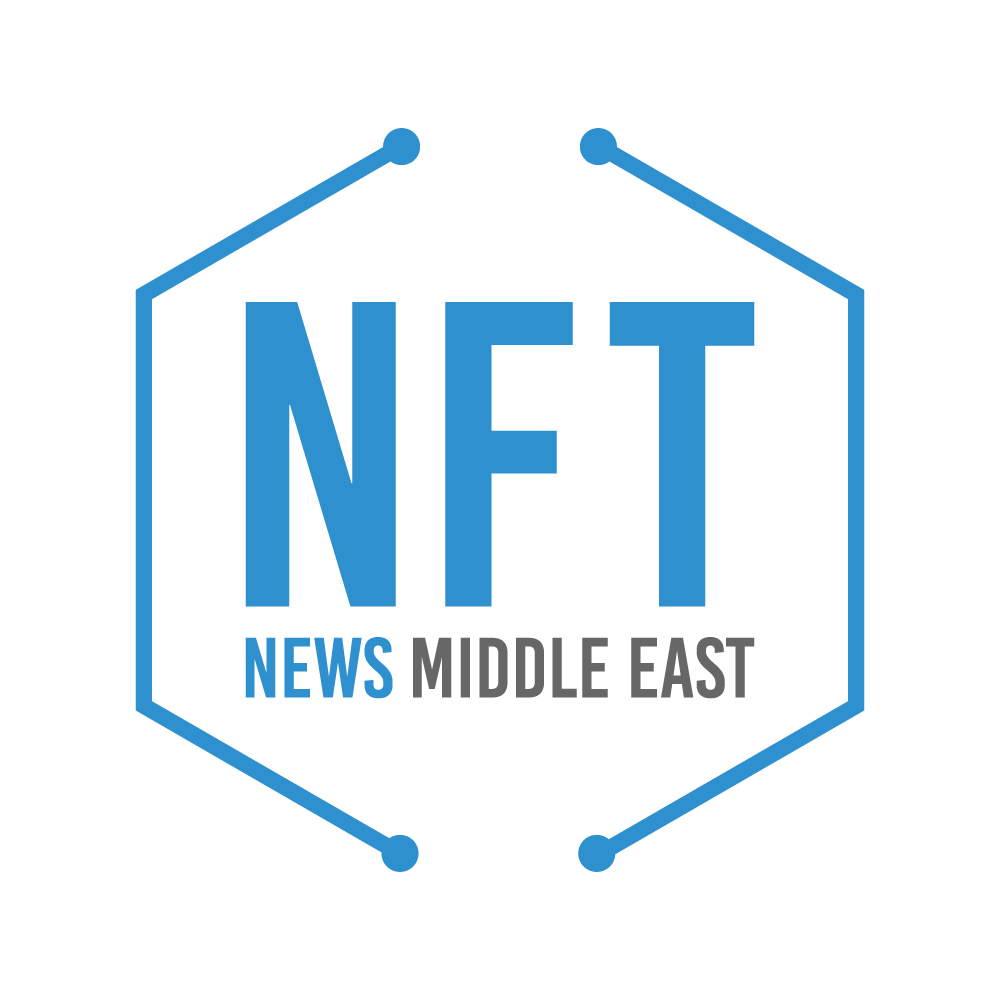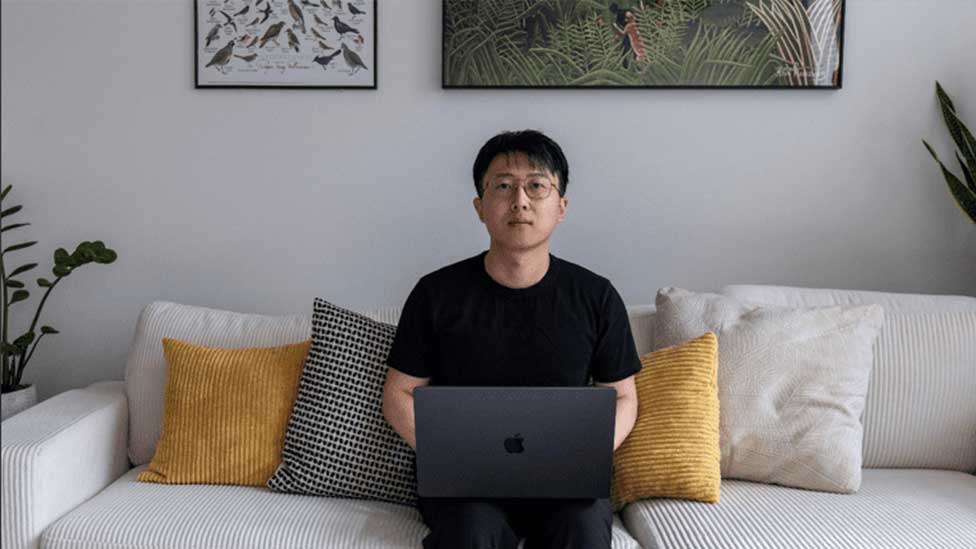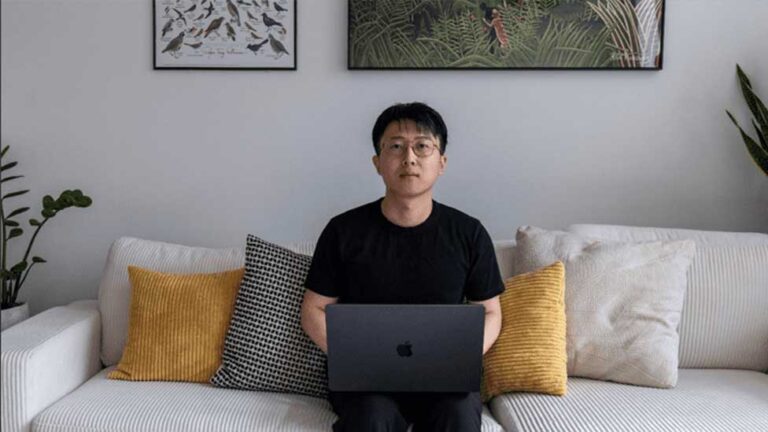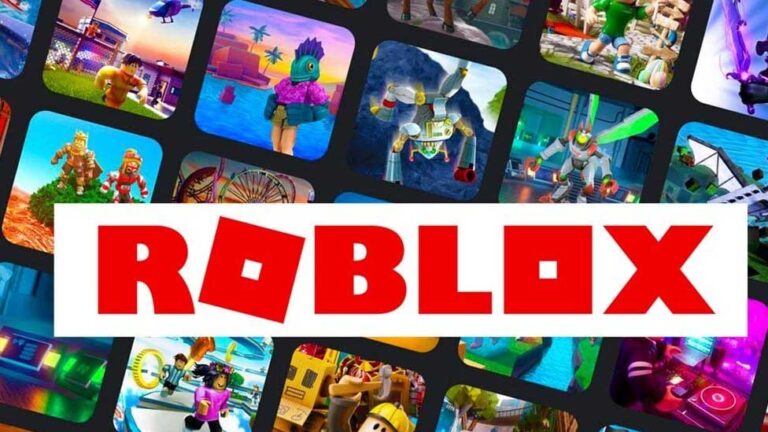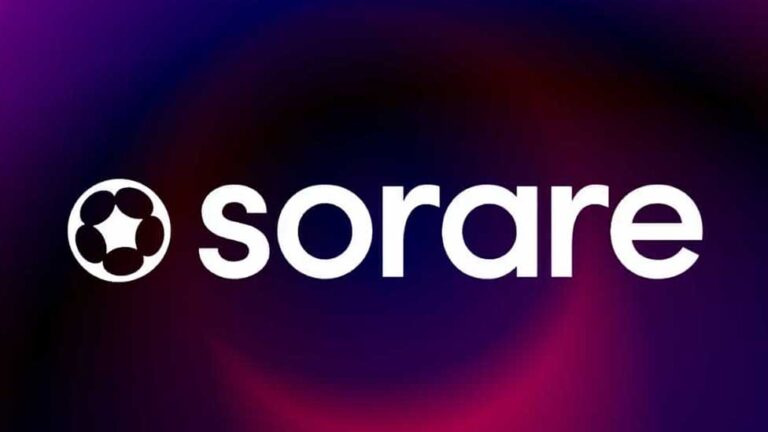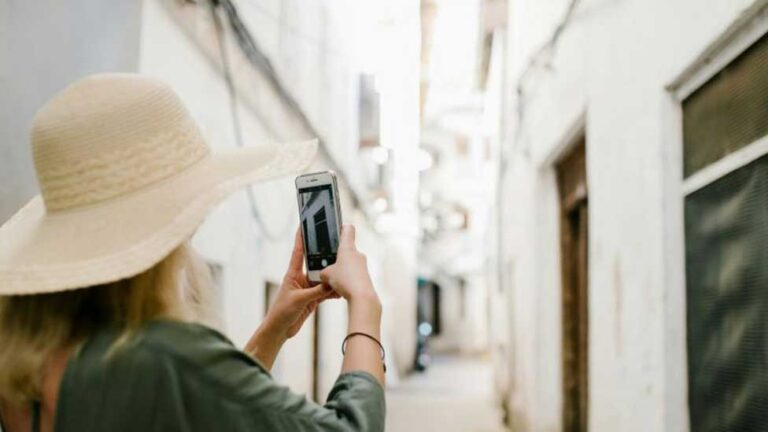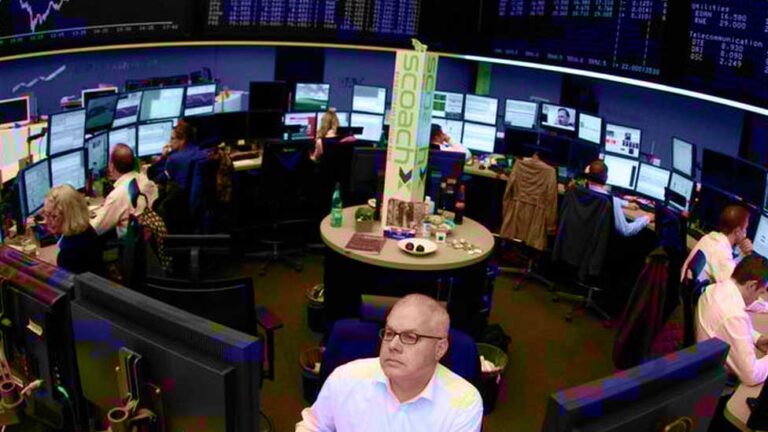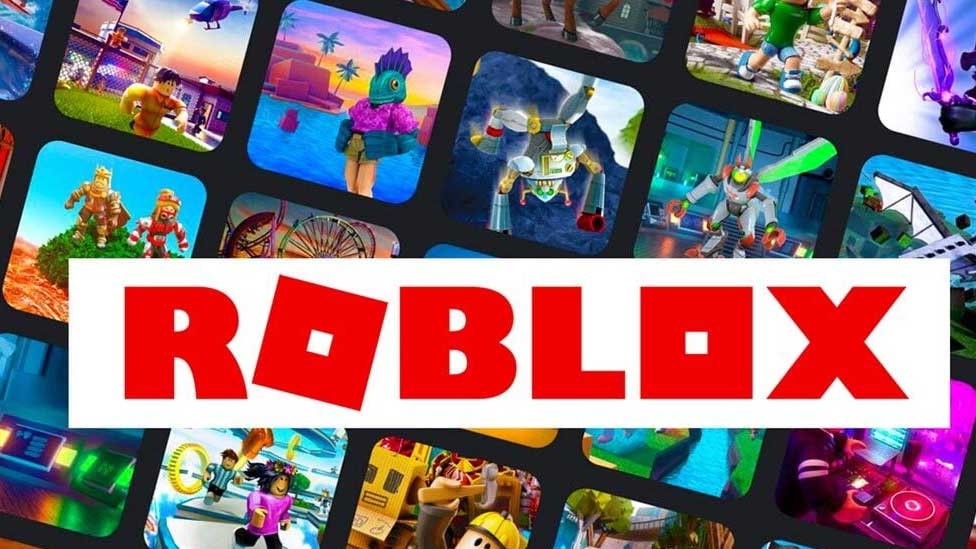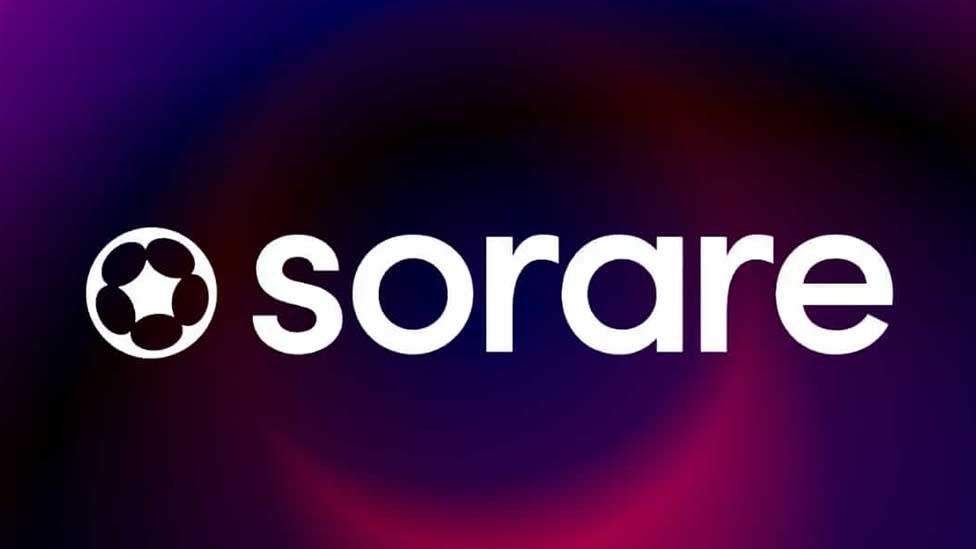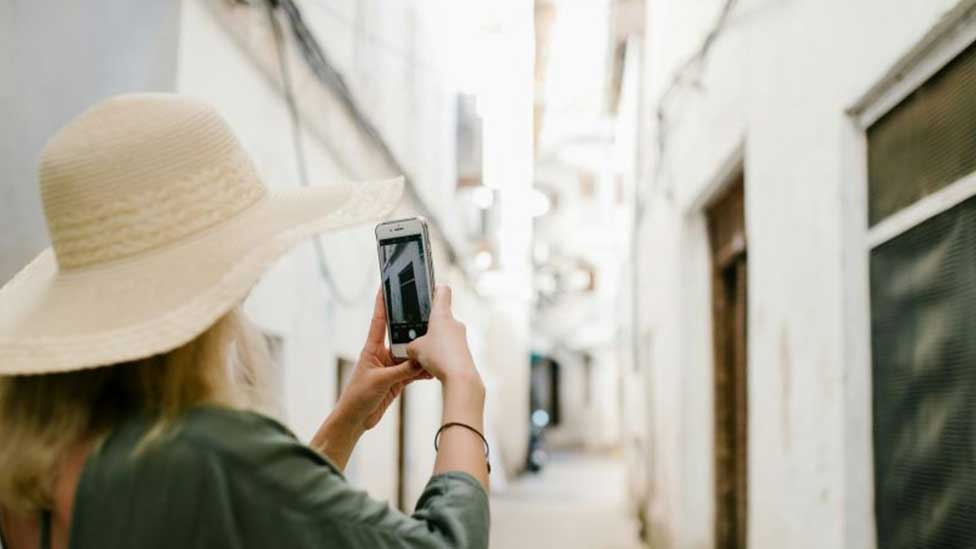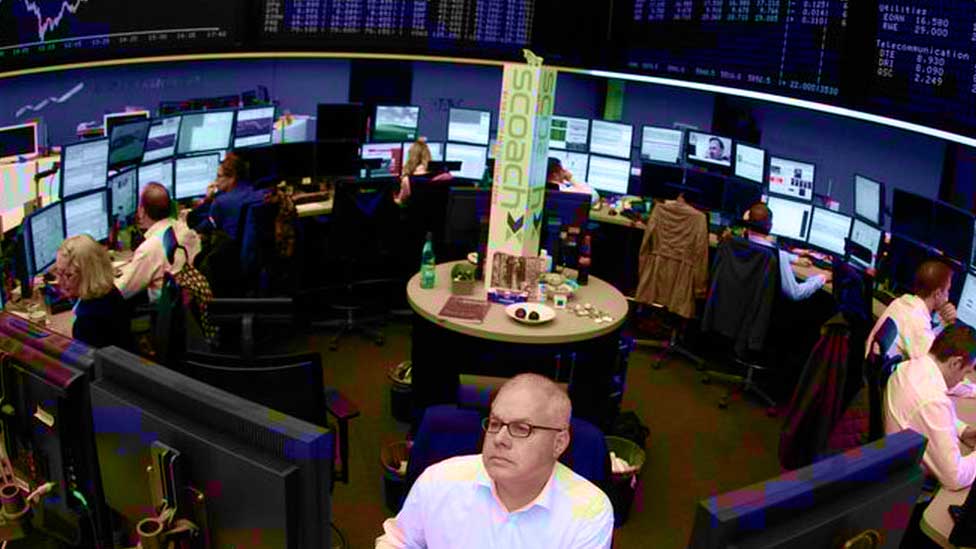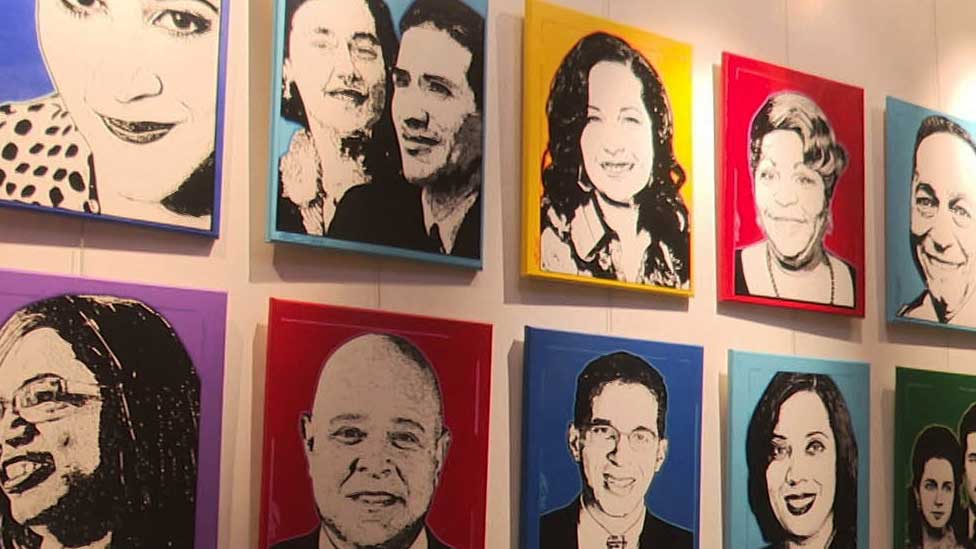When NFTs burst into the spotlight in 2021, they were celebrated as the next frontier in digital ownership — a breakthrough that promised to empower creators and collectors alike. But as the hype surrounding collections like CryptoPunks and Bored Ape Yacht Club intensified, the once-creative ecosystem quickly became driven by speculation and profit.
For designer Fang Xu, this shift revealed a deeper problem. “The community that once celebrated creativity started to feel closed and profit-driven,” Xu recalls. “That made me question whether the NFT ecosystem had to stay that way.”
From that question emerged POP-UP, a mobile-first NFT marketplace and wallet with a distinctly human goal — to make digital ownership personal, emotional, and social again. Xu’s mission was to turn NFTs from financial assets into meaningful narratives, fostering genuine connections between creators and collectors.
Reimagining NFT Ownership
Xu and his product team began by tackling three issues that had long plagued the NFT space: technical complexity, market over-centralization, and emotional detachment.
“Back then, getting started was hard,” Xu explains. “You had to install browser extensions, manage seed phrases, and pay unpredictable gas fees. It was all very technical and intimidating, shutting out the very creative people who could have added value.”
Meanwhile, a handful of dominant platforms had turned NFTs into commodities, focusing on volume and profit rather than creativity and connection. Xu wanted to reverse that trend by designing something more human and expressive — an experience where technology fades into the background and emotion takes center stage.
Working with his team’s product manager, Xu helped define POP-UP’s vision: a mobile-first, story-driven platform that connects people to their digital identities. While others focused on scalability and monetization, Xu prioritized emotional resonance, ensuring every element of the user experience — from onboarding to exhibition — made users feel confident, connected, and curious.
The team’s user research echoed this people-first philosophy. After interviewing artists, collectors, and newcomers, they discovered that most users didn’t view their digital wallets as part of their identity. “They saw them as storage,” Xu says. “That insight became the heart of POP-UP’s mission — to turn the wallet into a living, social space rather than a static vault.”
Decentralizing Discovery and Creativity
POP-UP’s design directly challenges the NFT industry’s dependence on centralized marketplaces. Instead of one dominant platform curating content, Xu envisioned every user as their own curator, hosting personal micro-galleries that function as creative extensions of identity.
Discovery within POP-UP is built on social interaction rather than algorithms. Users can follow collections, share stories behind their NFTs, and form creative circles. This approach empowers artists to express themselves independently, free from platform restrictions.
The discovery system operates on three interconnected layers: personalized art recommendations based on taste, artist suggestions reflecting shared sensibilities, and live event sections showcasing themed drops and virtual exhibitions. Together, they form a community-driven discovery model that is both intelligent and soulful.
Making Blockchain Feel Human
Xu’s biggest design challenge was translating blockchain’s technical complexity into emotionally intuitive experiences. “Instead of hiding the complexity,” he says, “we wanted to reframe it — make it understandable, even comforting.”
POP-UP achieves this through clear, narrative-like transaction flows, mobile-friendly gestures, and calming micro-interactions. For newcomers, onboarding is reduced to three simple steps, using friendly visuals and plain-language explanations. Contextual tooltips and motivational prompts guide users gently, celebrating milestones and fostering trust.
The platform’s exhibition feature takes this human-centric approach even further. Rather than static lists of NFTs, collectors can build immersive, themed galleries — complete with interactive layouts, live viewing sessions, and gesture-based navigation. Inspired by both physical art spaces and social media dynamics, POP-UP makes digital ownership tactile, personal, and expressive.
Recognition and Reflection
In 2024, POP-UP received an Honorable Mention at the Creative Communication Award, earning praise for its seamless fusion of empathy and technology. For Xu, the real measure of success was never trading volume or market capitalization — it was accessibility, engagement, and expression.
“What mattered to us was whether users felt empowered and confident enough to share their stories,” he says.
As the NFT market cooled and speculative trends faded, Xu’s approach proved forward-looking. “The next wave will move from trading to meaning,” he predicts. “NFTs will integrate into digital culture, not exist outside it as abstract assets. Design will drive that shift — helping users trust, understand, and emotionally connect with what they own.”
Designing for People, Not Hype
For Xu, POP-UP became more than a product — it was a design philosophy. It reaffirmed that innovation isn’t about new technology alone, but about how people emotionally respond to it.
“In fast-moving spaces like Web3, the real value lies in slowing down,” he reflects. “It’s about turning complexity into clarity and hype into human value.”
Xu’s message to other designers is simple yet profound:
“Don’t design for the hype — design for the humans behind it. The NFT space changes fast, but people’s need for clarity, trust, and expression never does.”
Through POP-UP, Fang Xu has demonstrated that technology can be more than transactional — it can be transformative, rekindling the emotional core of ownership and turning digital assets into a canvas for genuine human connection.
